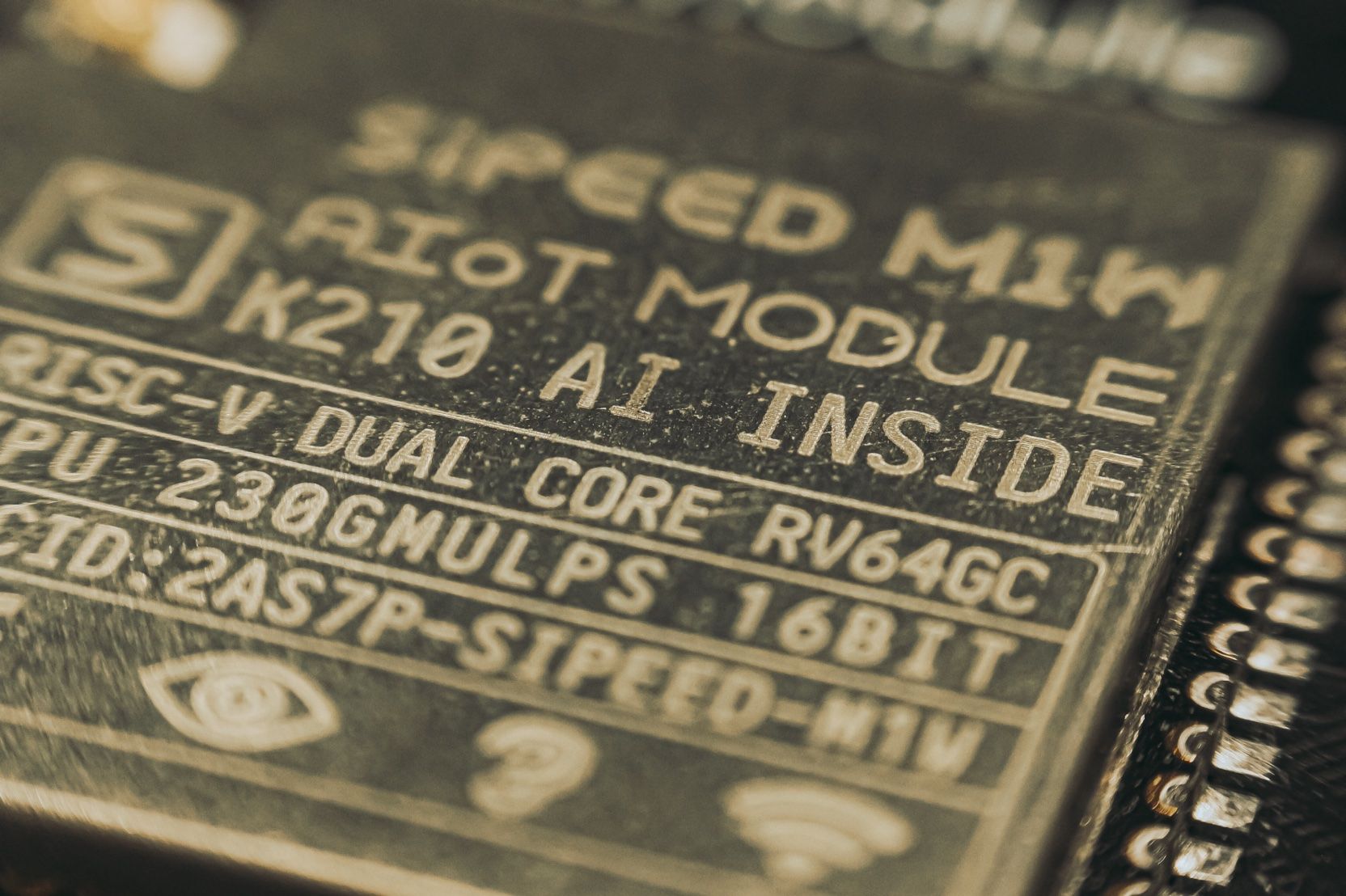Summary
- Google’s new Arm-optimized Chrome version for Windows aims to enhance performance and battery life on Snapdragon-powered laptops.
- Qualcomm and Google collaborated closely to develop the new Chrome version to ensure it runs smoothly on Arm machines.
- Arm processors, known for their power efficiency, may finally gain traction in the Windows market with the upcoming Snapdragon X Elite launch.
While Apple’s Mac machines have fully transitioned to fast and energy-efficient Arm-based processors, things are looking different for PCs. There are some Snapdragon-powered laptops out there already, but they’re still rather niche. Leading up to the hotly anticipated Snapdragon X Elite for Windows launch, Google has announced that it’s now finally launching an Arm-optimized version of Chrome for Windows, which may finally tip the scales in favor of Arm-powered Windows machines.
Google and Qualcomm say in a joint statement that the new version of Chrome is rolling out this week. It will be available on Windows 11 computers powered by Snapdragon processors, and the wording suggests that you will need to download a brand-new version of the browser to make the switch.
Google’s artistic rendering illustrates how much faster Chrome will be on Arm machines
Compared to the x86 version that needs to be emulated on Arm computers, the dedicated Arm version of Chrome promises to be significantly faster. It should offer better performance and longer battery life since the computer doesn’t need to run the program through a compatibility layer. Qualcomm and Google say that they worked closely together to make the new version of Chrome as good as possible.
Arm might finally have its breakthrough moment on Windows this year
As a refresher, Arm is an instruction set for processors much like x86 or the good old PowerPC (if you’re old enough to remember that). It’s the industry standard on phones, with all big smartphone chipmakers using the Arm architecture. The big advantage with Arm is that it’s both powerful and power-efficient, allowing for hardware designs without fans all without sacrificing much in processing power. With more and more Arm processors coming to Windows, the biggest desktop operating system out there can also take advantage of these improvements.
Qualcomm’s biggest push into the Windows market yet, the Snapdragon X Elite, is supposed to show up in Windows computers by the second half of 2024. With Chrome already ready for these devices, Arm on Windows may just have its breakthrough this year after languishing for the past few.

Why RISC-V support is a big deal for Qualcomm and Android
When hardware developers compete, consumers win
Google has long experimented with Arm laptops itself with its excellent Chromebooks running ChromeOS. In cooperation with Samsung, an Arm-based $250 Chromebook was released as early as 2012. Since then, there has been a steady flow of Arm-based Chromebooks, though x86-based machines still vastly outnumber them. It definitely goes to show that Google has some experience building software for Arm architecture on desktops.





